What are Stall Mats For Horses
Stall mats for horses are specialized flooring solutions designed to provide a comfortable, non-slip, and durable surface in horse stalls and stables. These mats are essential for maintaining the health and well-being of horses, as they offer a cushioned surface that helps to relieve pressure on the horses' joints, hooves, and legs. Stall mats also help to insulate against cold and damp conditions, which is crucial in preventing conditions like thrush and hoof diseases.
The primary users of stall mats are horse owners, equestrian facilities, and businesses that manage horses, such as riding schools, veterinary clinics, and breeding farms. These mats are versatile and can be used in various settings, including in horse trailers, breeding barns, and indoor or outdoor arenas. The fundamental principle of stall mats is to create a supportive environment for the horse while also simplifying the cleaning process for the owners or stable hands.
Stall mats are designed with different materials that cater to specific needs. Rubber, for example, is a common material due to its durability and ease of cleaning. It also provides a certain degree of water resistance and can be disinfected effectively. EVA (ethylene-vinyl acetate) mats are another popular choice for their lightweight nature and shock-absorbing properties. The selection of the appropriate type of mat depends on the intended use, the specific requirements of the facility, and the comfort level desired for the horse.
Types of Stall Mats for Horses
The market offers an array of stall mat types, each suited to different applications and preferences. Here is a closer look at some of the common types available:
-
Rubber Mats: These are heavyweight and extremely durable, often made from recycled rubber or EPDM (ethylene propylene diene monomer) material. Rubber mats are known for their long-lasting performance and are typically used in commercial stables or equine facilities where they will endure heavy use.
-
EVA Mats: Lightweight and easier to handle than rubber mats, EVA stall mats are a popular choice for personal use. They provide cushioning similar to that of rubber mats and are available in various thicknesses suitable for different levels of comfort.
-
Interlocking Mats: Designed to fit together like a puzzle, interlocking mats allow for seamless coverage of a stall floor area without the need for adhesives. They offer stability and are easy to install, making them ideal for DIY enthusiasts or places where frequent reconfiguration is necessary.
-
Personalized Horse Mats: For those looking for a custom solution, personalized stall mats can be ordered with specific designs or colors. These are often used to match branding colors or create a unique look.
-
Anti-Fatigue Horse Mats: These mats focus on providing comfort by reducing the physical strain on animals during standing. They're particularly useful in high-traffic areas such as wash stalls where horses stand for hard surfaces for extended periods.
Each type of mat is tailored for particular use cases, with factors like durability, comfort, ease of cleaning, and aesthetic appeal influencing selection.
How to choose Stall Mats For Horses
Choosing the right stall mat for horses involves several considerations to ensure the needs of both the animals and facility are met effectively. The type of stall mat should correspond with the intended use—whether it is for an exercise area, a stable aisle, or a horse's stall—as different functions require different levels of thickness and durability.
For high-impact areas where shock absorption is key, such as in gyms or indoor riding arenas, thicker rubber mats with protective qualities would be ideal. In contrast, thinner and more economical options might suffice for areas where horses are tied or fed.
Material composition is another critical factor; options like EPDM and SBR rubber offer varying degrees of durability and resistance to elements. Additionally, features such as water resistance are crucial for outdoor applications. The chosen mat should also have a suitable surface texture for the horse's comfort and footing.
Lastly, considering the mat's color might seem trivial but can play a role in maintenance and aesthetics. Darker colors may hide dirt and wear better than lighter shades, which is important for areas like grooming or water buckets.
When selecting stall mats for horses on Alibaba.com, buyers should take advantage of the platform's filtering system to narrow down options based on these criteria. With an array of suppliers offering diverse products with varying features and quality levels, this tool can help buyers navigate efficiently toward finding the right match for their specific needs.
About Stall Mats For Horses on Alibaba.com
Alibaba.com stands out as a global marketplace that connects businesses with a vast array of horse stall mats suitable for every equestrian need. With an extensive selection of materials including natural rubber and EVA foam as well as various colors that can match any aesthetic requirement, Alibaba.com serves as a one-stop-shop for all your wholesale horse stall mat needs.
The platform’s commitment to facilitating trade across borders is evident in its user-friendly interface which supports multiple languages and mobile accessibility. This ensures that buyers can easily navigate through options and communicate with suppliers effectively. Moreover, Alibaba.com's Trade Assurance service provides an additional layer of security by protecting payments until delivery is confirmed satisfactory.
In conclusion, Alibaba.com's vast selection of horse stall mats caters not only to the diverse material needs but also offers custom solutions for unique space requirements. Whether you are looking to outfit a professional stable or supply a retail store with top-notch equestrian products, Alibaba.com provides an unmatched resource where quality meets convenience.
Common FAQs for Stall Mats For Horses
What materials are commonly used in the manufacturing of stall mats?
Stall mats are typically made from materials such as rubber, EVA, polyurethane (PU), and PVC. Each material offers different benefits in terms of durability, comfort, and insulation properties.
How do I determine the appropriate size and thickness of a stall mat for my facility?
The size and thickness of a stall mat should correspond to the dimensions of the individual stalls. Mats are available in various standard sizes, and thicknesses are commonly measured in millimeters.
Can stall mats be customized to fit specific dimensions?
Yes, stall mats can often be cut to size to fit custom dimensions. Suppliers may offer processing services like cutting and molding to meet the specific needs of different facilities.
Are there different types of stall mats for different types of horses?
Yes, there are stall mats designed with features like extra cushioning or support for larger or more active horses, as well as thinner, more lightweight options suitable for smaller or less active animals.
How do I maintain and clean stall mats?
Maintenance and cleaning procedures vary depending on the material of the mat. Generally, stall mats can be swept or hosed down. Some materials may require occasional disinfection or spot cleaning.
Are there eco-friendly options available for stall mats?
Yes, eco-friendly options include mats made from natural rubber, reclaimed rubber, or other sustainable materials. Suppliers may specify if their products have eco-friendly attributes.
What features should I look for in a stall mat for outdoor use?
For outdoor use, look for stall mats that offer UV resistance and weatherproofing, as well as features like waterproofing if necessary.
How often should stall mats be replaced?
The replacement frequency for stall mats depends on the material's durability, the amount of use, and the conditions of the facility. Regular inspections will help determine when replacement is necessary.
Are there any safety considerations when installing stall mats?
Ensure that the stall mat is properly secured to prevent slipping or shifting. Also, consider whether the material is fire retardant or if it has any anti-slip properties if safety is a concern.
Can stall mats improve the hygiene of a stable environment?
Hygiene can be improved by selecting stall mats with an impermeable backing that prevents urine from seeping into the floor, reducing the spread of bacteria and odors.
Is it possible to get sample mats before placing a bulk order?
Many suppliers on Alibaba.com offer sample mats so businesses can evaluate the quality and suitability of the product before committing to a larger purchase.
What is the advantage of interlocking stall mats over non-interlocking ones?
Interlocking stall mats provide a stable surface as they lock together, which can be beneficial for horses that tend to dig or shift around frequently. Non-interlocking mats are typically easier to install but may require more effort to keep in place.
How do temperature changes affect stall mat choice?
Temperature changes can cause materials to expand or contract, which may affect the shape and insulative properties of stall mats. It's important to choose materials that can withstand these changes if your facility experiences extreme temperatures.
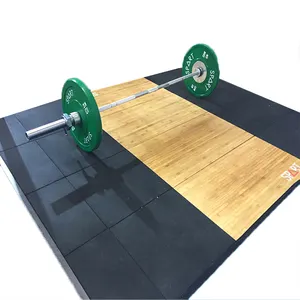




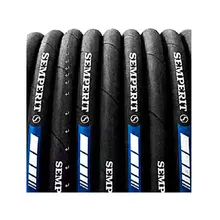




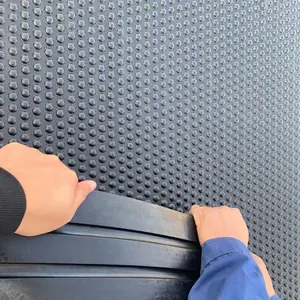


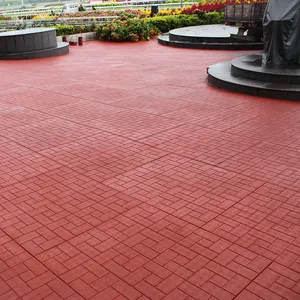
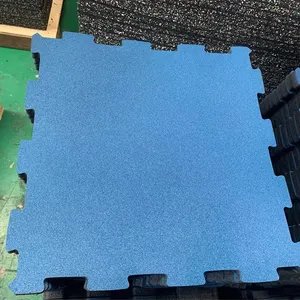

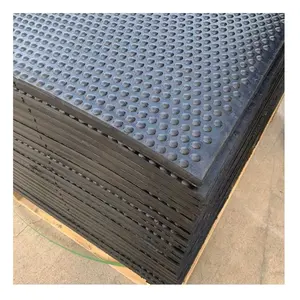
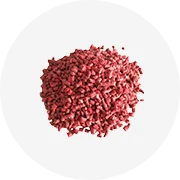
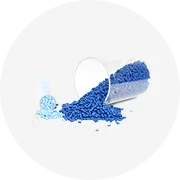
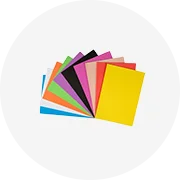
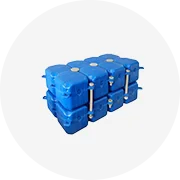
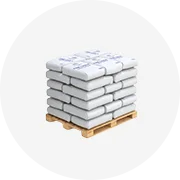
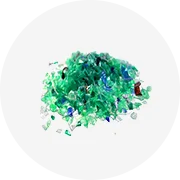
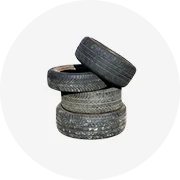
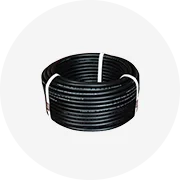

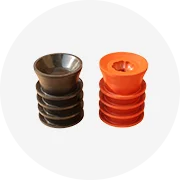








 浙公网安备 33010002000092号
浙公网安备 33010002000092号 浙B2-20120091-4
浙B2-20120091-4